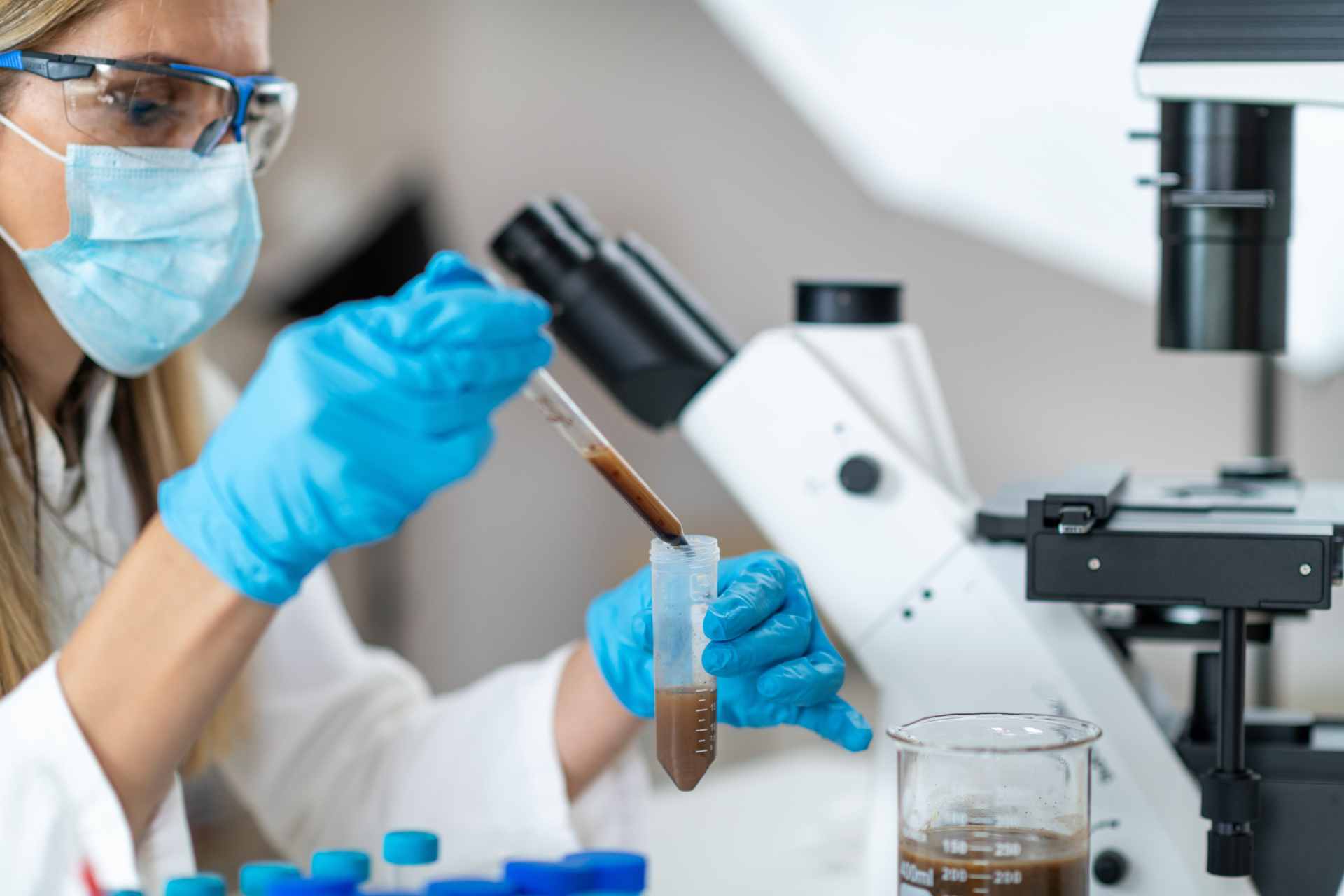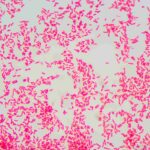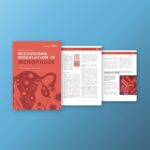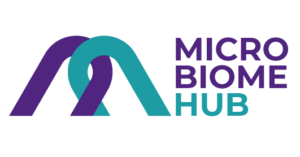What is already known
Fecal microbiota transplants have proved successful in treating recurrent Clostridioides difficile infections. Although previous work suggests that microbiota transplants can counteract gut colonization by drug-resistant bacteria, the reasons remain unclear.
What this research adds
Researchers administered fecal microbiota transplants to 11 people who underwent a kidney transplant and were at risk of colonization with multidrug-resistant organisms. Most of the participants tested negative for such organisms after 36 days. The fecal microbiota transplants seemed to suppress colonization with multidrug-resistant organisms by boosting the competition between them and non-drug-resistant bacteria.
Conclusions
The findings suggest that fecal microbiota transplants reduce colonization with multidrug-resistant organisms in people who received kidney transplants.
Bacteria that have become resistant to certain antibiotics, or multidrug-resistant organisms, have become a global health threat, with as many as 10 million people expected to die every year by 2050 due to infections with these ‘superbugs’. Now, findings from a small clinical trial suggest that fecal microbiota transplants reduce colonization with multidrug-resistant organisms in people who received kidney transplants.
The study, published in Science Translational Medicine, shows that microbiota therapies may “counterbalance the march toward increasing [antibiotic-resistant] colonization and infection that has been widely considered inevitable,” the researchers say.
Fecal microbiota transplants have proved successful in treating recurrent Clostridioides difficile infections. Although previous work suggests that microbiota transplants can counteract gut colonization by drug-resistant bacteria, the reasons remain unclear.
Michael Woodworth and his colleagues conducted an early-phase clinical trial that looked at the efficacy of fecal transplants in flushing out drug-resistant bacteria that have colonized the gut of 11 recipients of kidney transplants. People who undergo kidney transplants typically take antibiotics after the procedure and are thus at risk of colonization with multidrug-resistant organisms.
Superbug infection
All of the 11 participants had a clinical history of recurrent urinary tract infections with multidrug-resistant bacteria. Participants that tested positive for superbugs after one fecal transplant procedure were treated with a second procedure. Nine participants received two fecal transplant procedures.
The treatment was generally safe, and adverse events included bloating and abdominal discomfort. Out of 9 participants, 8 tested negative for multidrug-resistant organisms after 36 days, the researchers found.
Participants who received a fecal transplant went longer than controls without a recurrent infection with drug-resistant bacteria. The procedure also accelerated decolonization and shortened the time needed to get negative tests for drug-resistant organisms.
Bacterial competition
Bacteria that successfully colonized the gut of participants who tested negative for multidrug-resistant organisms after a fecal transplant included Akkermansia muciniphila, Alistipes and Faecalibacterium prausnitzii. People who responded to fecal transplants also had increased levels of bacterial metabolites such as short-chain fatty acids. These findings, the researchers say, “uncovered leads for rational microbiome therapeutic and diagnostic development.”
Further tests suggested that fecal microbiota transplants suppress colonization with multidrug-resistant organisms by boosting the competition between them and non-drug-resistant bacteria.
“We conclude that microbiome therapies like [fecal microbiota transplants] may provide a path to exploit bacterial strain competition to eradicate [multidrug-resistant organisms] colonization,” the authors say. The trial, they add, also offers evidence that decreasing the colonization of multidrug-resistant organisms in people who receive kidney transplants could reduce the recurrence of superbug infections — a finding that may improve patient care and reduce healthcare costs in several groups of patients.











